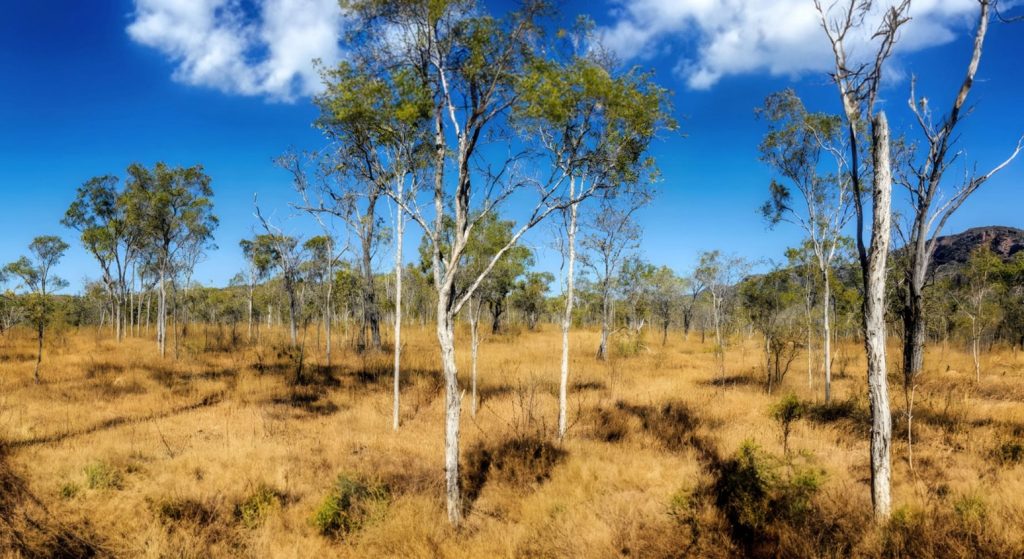Velox Energy drills 0.44% V2O5 over 4.7 metres at North Queensland, Australia

Velox Energy Materials Inc. [TSXV-VLX], formerly Currie Rose Resources, reported drilling results from its phase 1 diamond drill program at the company’s flagship Cambridge vanadium deposit on its 100%-owned North Queensland vanadium project (NQVP), located in Queensland, Australia.
Assay results received are very encouraging, with the mineralized zone identified at shallow depths, uniform thicknesses throughout the drilled area and consistent grades across the drilled area.
Results include Hole NQVP23_008 that returned 4.7 metres of 0.44% V2O5 from 8.6 metres (0.30% V2O5 cut-off), including 1.1 metres of 0.84% V2O5 from 10.5 metres. Hole NQVP23_005 returned 5.4 metres of 0.41% V2O5 from 19.5 metres (0.30% V2O5 cut-off), including 0.8 metres at 0.77% V2O5 from 12.9 metres.
Hole NQVP23_004 returned 4.7 metres of 0.47% V2O5 from 9.5 metres (0.30% V2O5 cut-off), including 1.1 metres of 0.72% V2O5 from 20.5 metres. The mineralized zone at a cut-off grade of 0.30% V2O5 is typically 4.2 metres thick at 0.41% V2O5.
Drilling indicates a laterally continuous high-grading layer within the mineralized zone, with V2O5 grades commonly exceeding 0.60% V2O5 over a 1.5-metre thick interval.
Assay results have also identified a 0.5 m -1.0 metre layer demonstrating a mild rare earth element enrichment thought to be associated with the vanadium mineralized zone, with TREO grades commonly between 400 – 500 ppm.
The overall Cambridge Deposit understanding has been enhanced due to improved lithological understanding; improved stratigraphic correlation with the addition of downhole geophysics (Gamma and Density plots); identification of higher-grade units within the mineralized zone; strong correlation to historical aircore assays; and potential to apply new parameters across the entire deposit and regional targets.
Velox’s President and CEO, Simon Coyle, commented: ”The drill program completed last year has significantly increased our understanding of the Cambridge Deposit. The latest diamond core assay results have exceeded our expectations and support our initial confidence in the deposit. The recent assay results also suggest that we have a laterally continuous high-grading layer within the mineralized zone, with V2O5 grades up to 0.60% V2O5 over a 1.5 metres thick interval.
“As our understanding of the deposit develops, we are seeing signs Cambridge is shallower and thicker than previous explorers had initially anticipated. Additionally, the potential in a newly identified high-grade zone and a REE enrichment zone has provided a welcomed upside, that will be further investigated.
“These encouraging assay results validate our planned next steps for the NQVP, which include metallurgical studies, a potential update to the existing resource and application of new geological knowledge over the entire project area to prioritize our target generation and development.”
A total of 10 infill large diameter (100mm) 4C diamond core drill holes totaling 333 metres were completed at the Cambridge Vanadium deposit on EPM26494 located in central northern Queensland, Australia. The drilling was designed to increase overall stratigraphic knowledge for the deposit and provide ample representative material for metallurgical testwork as well as additional data for future mineral resource definition.
The Cambridge Vanadium Deposit currently hosts a CIM compliant Mineral Resource Estimate (MRE) consisting of an Indicated Mineral Resource of 61.33 Mt of 0.34% V2O5 and 234.6 ppm MoO3 along with an Inferred Mineral Resource of 144.87 Mt of 0.33% V2O5 (cut-off grade of 0.25% V2O5) and 241.9 ppm MoO3 and the recent program covered a representative portion of the currently defined deposit.
A detailed geological assessment, sample selection and Toolebuc Formation correlation was completed by John T Boyd Company. A total of 201 samples were selected for testing. Sample intervals were determined by stratigraphic lithological changes with sample intervals ranging from 0.10 m to 2.7 m thick (averaging 1.0 m).
Drill cores were dispatched to Mitra PTS Laboratory in Gladstone, Queensland for sample preparation and dispatched to Bureau Veritas, Perth, Australia, for analysis.
Assay results for 201 samples have been received from the 10 diamond core drillholes drilled within the defined Cambridge deposit with the overburden depth ranging from 2.5 m to 21.0 m. Drillhole NQVP23_010 returned no significant vanadium results. The hole was collared in the basal section of the Toolebuc Formation and drilled into the underlying (barren) Willumbimba Formation.
In summary, the results are very encouraging and analysis of grade cut-offs at 0.40% V2O5 (current MRE used a 0.25% V2O5 cutoff) below demonstrates the potential for higher grade material to be selected from the overall mineralized unit.
The company’s priority focus is the advanced NQV Project in Queensland, Australia. The NQV Project hosts the Cambridge Deposit with an CIM compliant Indicated Mineral Resource of 61.33 Mt of 0.34% V2O5 and 234.6 ppm MoO3 along with an Inferred Mineral Resource of 144.87 Mt of 0.33% V2O5 (cut-off grade of 0.25% V2O5) and 241.9 ppm MoO3. The company is targeting shallow, high-grade mineralization that can be developed using low-cost mining and processing options.
The Company additionally owns Kotai Energy and the option to acquire 100% of the intellectual property rights associated with the Solid-State Hydrogen Storage Project from Curtin University in Western Australia. Kotai is focused on the commercialization of technology that can produce high-pressure hydrogen following transport as an inert powder.
In October 2023, the company acquired a package of tenements that are prospective for lithium in eastern Quebec.
